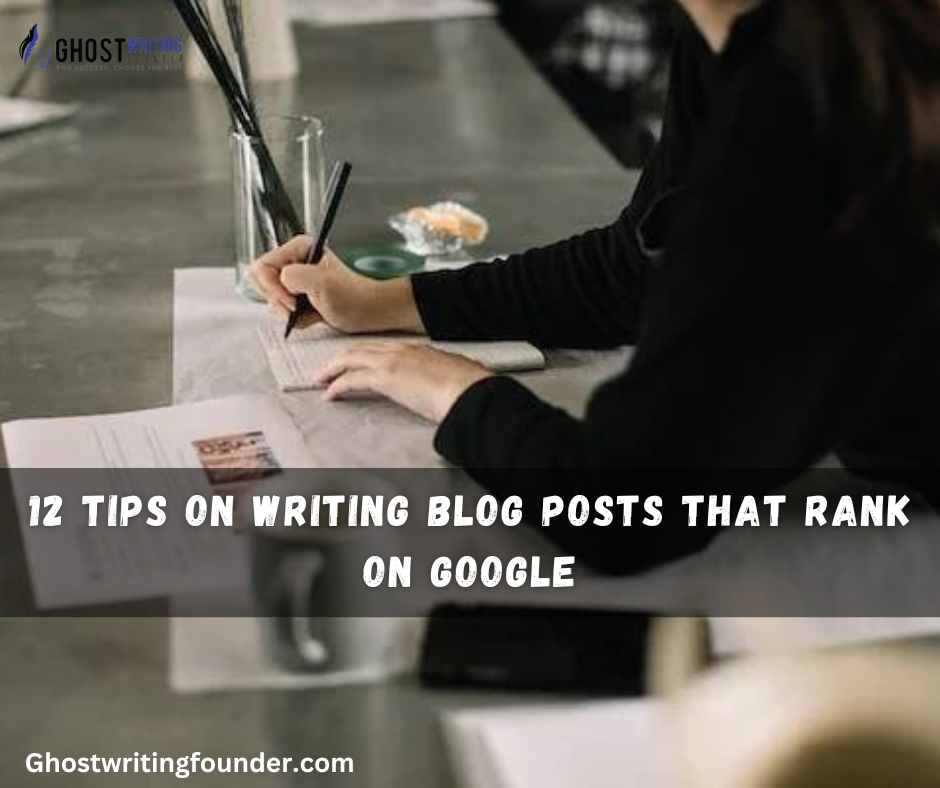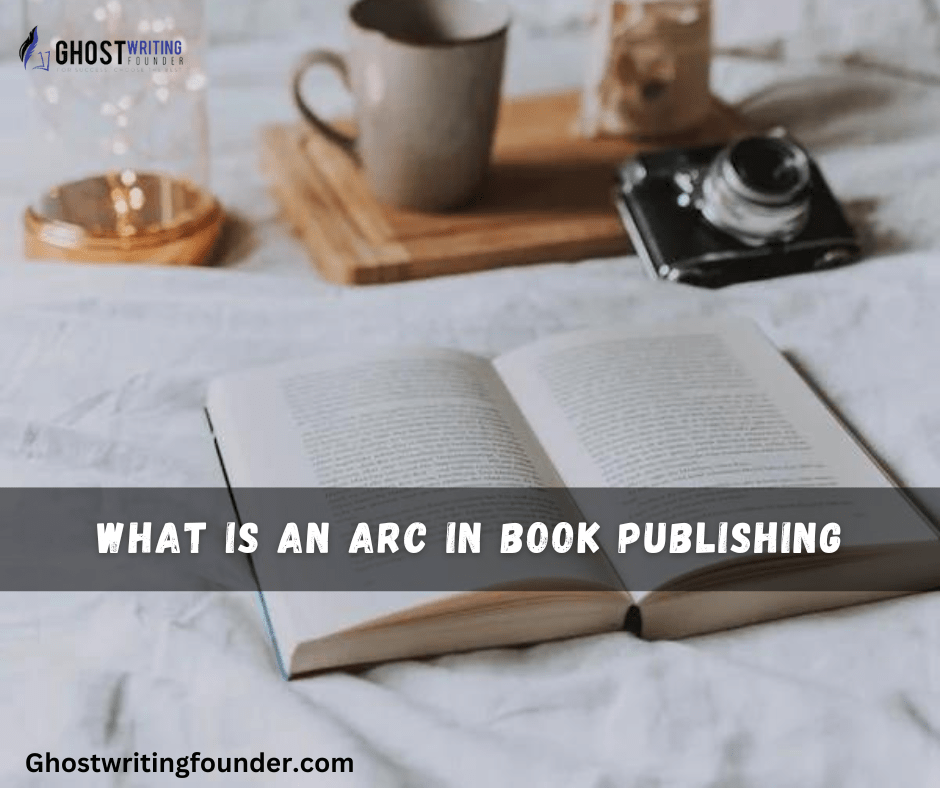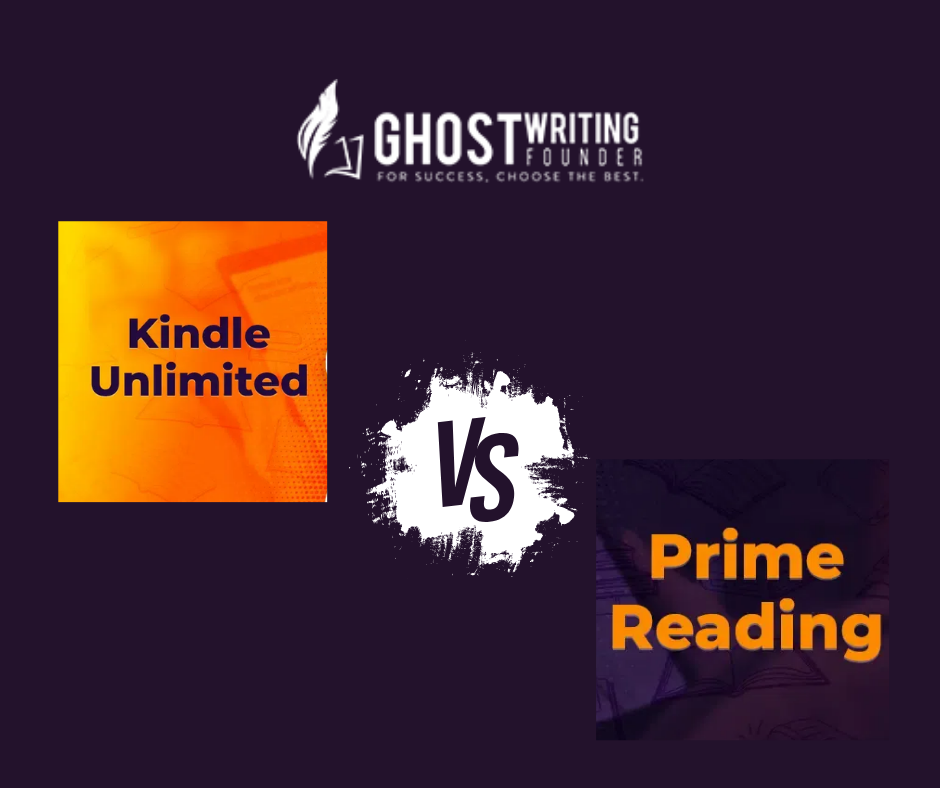
Writing
Introduction
Writing blog posts is no longer just about sharing your ideas. For more on crafting compelling content, check out The Ultimate Guide to Effective Blog Design. It’s about using SEO blog writing techniques to ensure your posts rank high on Google. Your posts should be a strategic blend of creative storytelling, engaging content, and optimized elements that attract readers and search engines. Ready to crack the SEO code? Here are 12 tips to get your blog posts ranking on Google.
Understanding SEO Basics
Search engine optimization is about making your content visible to search engines. It involves using specific strategies and techniques to improve your site’s visibility and increase its ranking on search engine results pages (SERPs).
Why Is SEO Important?
SEO is vital because higher visibility on SERPs leads to more clicks, more visitors, and, ultimately, more conversions. Without SEO, your content is like a book on a shelf in a vast library – it exists, but no one knows about it.
Keyword Research: The Foundation of SEO Blog Writing
Keyword research is the process of identifying words and phrases that people use in search engines. It’s the first step in optimizing your blog posts for SEO and is generally done by SEO blog writing services.
The Power of Long-Tail Keywords
The Power Of Long-Tail Keywords, a concept further elaborated in our guide on How to Write Non-Fiction Book. Long-tail keywords are specific keyword phrases with three or more words. They’re less competitive than generic keywords, making them a goldmine for bloggers.
The Art of Crafting SEO-Friendly Titles
The Art Of Crafting SEO-Friendly Titles, a skill you can refine with insights from The Top 11 Tips for Writing Great Short Stories. An SEO-friendly title is both compelling to readers and loved by search engines. It should include your target keyword and provide a concise summary of your blog post’s content.
The Magic Number for Title Tags
The sweet spot for title tags is between 50-60 characters. If the title is too long, Google will truncate it, which could impact your click-through rate.
Meta Descriptions That Get Clicks
A meta description is a brief of your post that appears below the title in SERP. An effective meta description should include your target keyword and motivate users to click on your link.
Making Every Character Count
Meta descriptions should ideally be between 150-160 characters. Although Google sometimes allows longer meta descriptions, sticking to this range ensures your entire Description appears in the SERP.
Optimizing Your Blog Post URL
Your blog post’s URL plays a crucial role in SEO. It’s what search engines use to understand the content on your page, so it’s essential to optimize it properly.
Incorporating Keywords into Your URL
Including your target keyword in your URL helps search engines understand your content better. However, remember to keep your URL short and easy to read.
The Power of Internal Linking
Internal linking involves linking your blog posts to other relevant content on your site. This boosts SEO by helping search engines understand the relationship between different posts and pages on your site.
The Role of Anchor Text
This is the clickable word(s) in a hyperlink. It’s crucial to SEO because search engines use it to determine the topic of the linked page. So, consider using anchor text that reflects your linked content’s topic, such as “white paper writing services.”
Engaging Users with High-Quality Content
Engaging Users With High-Quality Content, and for more on this, see The Complete Guide to Website Copywriting. The quality of your content significantly impacts your blog’s SEO. Not only does high-quality content keep readers on your site longer, but it also increases the chances of earning valuable backlinks from other sites.
The Art of Storytelling in Blog Writing
Incorporating storytelling in your blog posts can help to engage and captivate your audience. This can increase the time spent on your site, reducing your bounce rate and enhancing your SEO.
Utilizing Visuals in Blog Posts
Adding relevant visuals to your blog posts makes them more engaging and boosts your SEO. Search engines value user experience, and a blog post with visually appealing images, infographics, or videos offers just that.
The Importance of Image Alt Text
Image alt text, or alternative text, describes images to search engines. It’s a vital part of SEO as it helps search engines understand your visuals and can boost your visibility in image search results.
The Role of Social Media in SEO Blog Writing
While social signals aren’t a direct ranking factor, they influence SEO. Popular posts on social media can lead to more backlinks, boosting your search rankings.
Harnessing the Power of Social Sharing Buttons
Adding social sharing options to your blog, a strategy that can be enhanced with the expertise of Content Creation Services, makes it convenient for readers to share your content. on their social media platforms. This can increase your content’s reach and potentially boost your SEO.
Embracing the Power of Mobile Optimization
With the rise of mobile internet usage, ensuring your blog is mobile-friendly is crucial. If your site isn’t mobile-optimized, you risk losing a significant portion of your potential traffic and harming your SEO.
The Importance of Responsive Design
A responsive design ensures your blog looks and functions well on all desktop, tablet, and mobile devices. Google rewards mobile-friendly sites, so a responsive design is key to your SEO strategy.
Boosting SEO with Fast Load Times
The speed at which your blog loads can significantly impact your SEO. Search engines favor sites that load quickly, as a faster load time offers a better user experience.
The Impact of Image Compression on Load Times
Large, high-quality images can slow down your site. So, compressing your images can reduce their file size without noticeably affecting their quality, leading to faster load times and better SEO.
Consistency is Key in SEO Blog Writing
Consistent posting is vital in Blog writing. Search engines view Regularly updated content as more relevant, leading to higher rankings in SERPs.
Creating a Content Calendar
So, a content calendar can help you plan and schedule your posts effectively, ensuring you consistently publish high-quality content.
Key Characteristics and Profound Details
| Aspect of SEO Blog Writing | Key Insights | Practical Tips |
|---|---|---|
| Content Creation | Engaging storytelling and optimized elements are crucial for effective blog posts. | Utilize creative storytelling techniques to captivate readers while incorporating SEO strategies. |
| SEO Basics | SEO involves strategies to improve site visibility and SERP ranking. | Focus on making content easily discoverable and understandable by search engines. |
| Keyword Research | Identifying relevant words and phrases used in search engines. | Conduct thorough keyword research to optimize blog content effectively. |
| Title and Meta Optimization | Crafting SEO-friendly titles and meta descriptions that attract clicks. | Ensure titles and meta descriptions include target keywords and are concise yet informative. |
| Internal Linking and URL Optimization | Enhancing SEO through strategic internal linking and URL optimization. | Link to relevant content within your site and include keywords in URLs. |
| Visuals and User Engagement | Incorporating visuals and high-quality content to engage users. | Use relevant images, infographics, and videos to enhance user experience and retain reader attention. |
| Mobile Optimization and Load Times | Ensuring mobile-friendliness and fast loading times for better SEO. | Optimize for mobile devices and compress images to speed up load times. |
Conclusion
Indeed, mastering Blog writing isn’t a one-and-done deal. It’s an ongoing process that requires learning, experimenting, and adapting. But with these 12 tips, you’re well on your way to creating blog posts that rank on Google.
FAQs
What is Blog writing?
Blog writing involves creating content optimized for search engines to improve visibility and ranking on SERPs.
Why are long-tail keywords important in Blog writing?
Because they are less competitive and more targeted, which can lead to higher rankings and better conversion rates.
How does internal linking boost SEO?
It helps search engines understand the relationship between your site’s content, improving its ability to index your site effectively.
How can social media influence SEO?
Though not a direct ranking factor, popular posts on social media can lead to more backlinks and increased traffic, indirectly boosting SEO.
How does mobile optimization impact SEO?
Google favors mobile-friendly sites, so if your blog isn’t mobile-optimized, it could negatively affect your search engine rankings.
How can Blog writing help in book publishing and promotion?
Blog writing helps increase your book’s visibility in search engine results, leading to higher traffic, increased readership, and, ultimately, more sales.
What kind of SEO-friendly blog posts can be written for book promotion?
Blog posts like book excerpts, author interviews, behind-the-scenes insights, writing process discussions, and book reviews can effectively promote the book. Ensuring these posts are SEO-friendly can help them reach a wider audience.









Leave a Reply